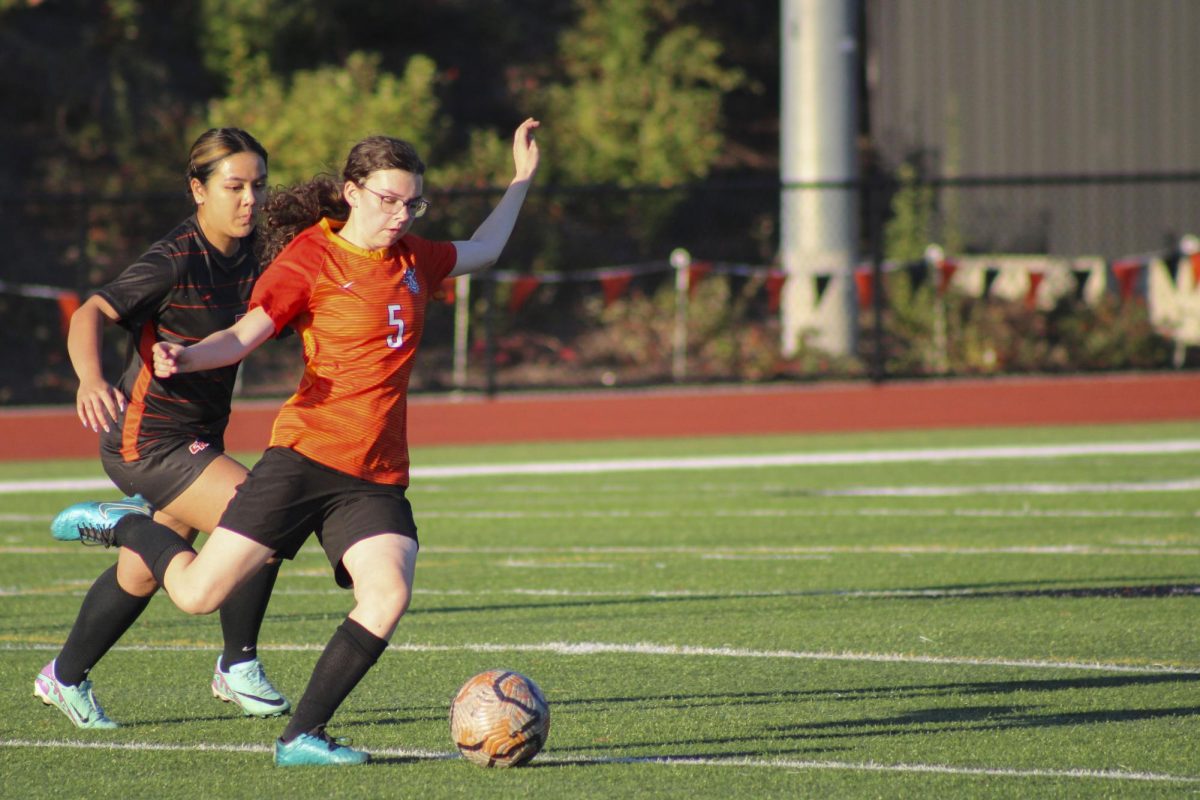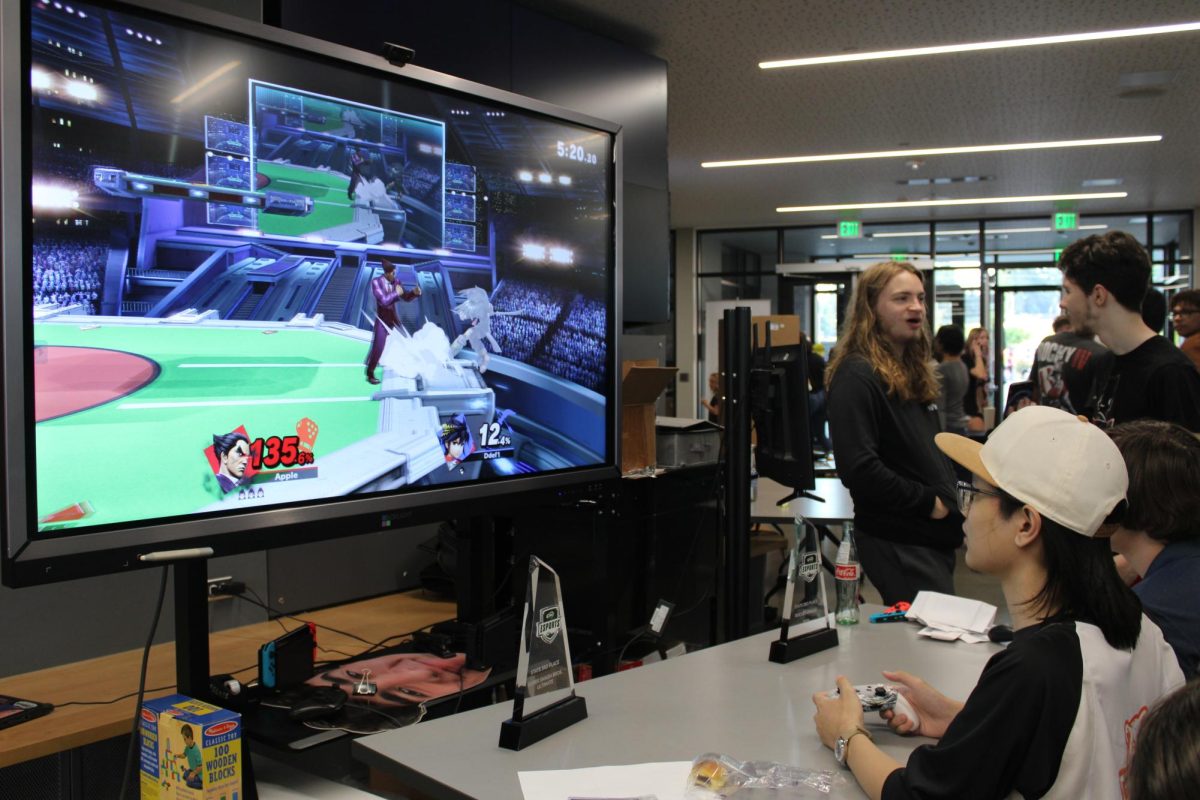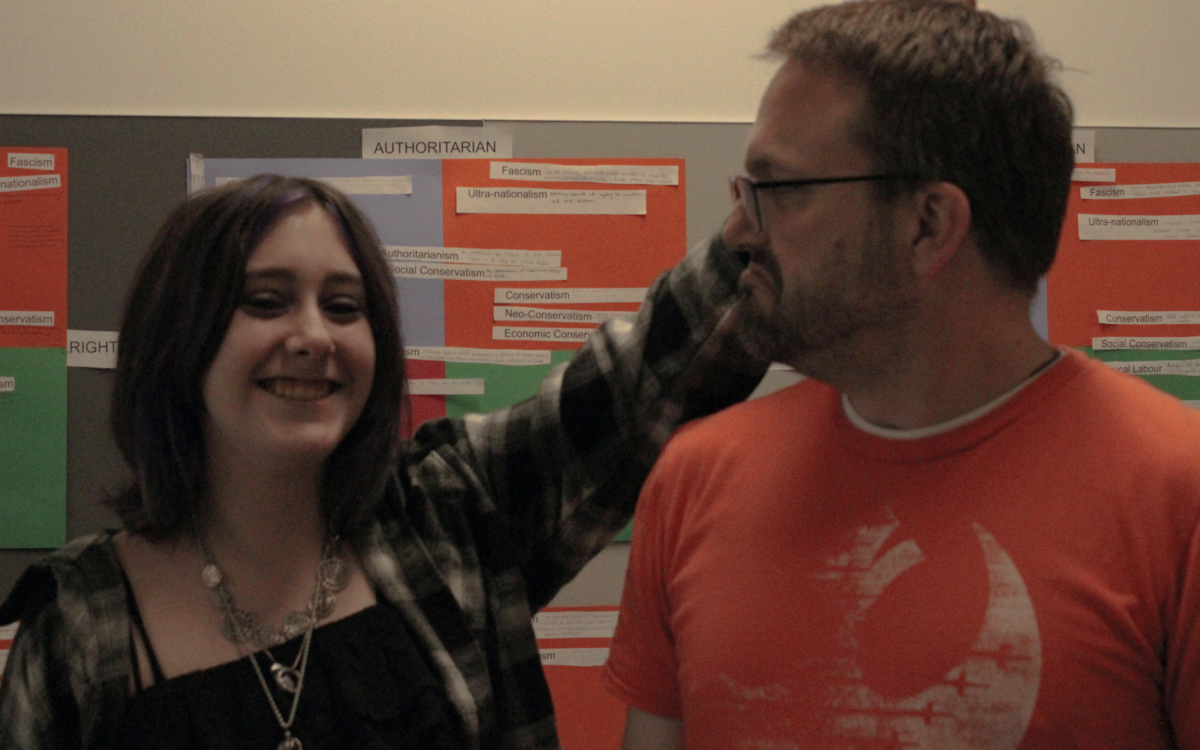For public schools across the nation, the debate over the necessity of homework is one that has been rehashed and reevaluated by students, parents, and educators time and time again. The case for and against homework yields two general arguments: a traditionalist may argue that homework plays an integral role in developing a student’s understanding of course material, while an individual on the opposing end of the spectrum may reason back that homework assignments place an unneeded burden on the social and emotional lives of students.
To an extent, the type and amount of homework given is dependent on the policies and beliefs of the teacher, who is also responsible for regulating anything from their classroom’s deadlines to their late work policy. An overview of these policies and expectations are typically discussed and reviewed as early as the first day of class.
At CKHS, students undertaking Eric Schuette’s Algebra II or AP Calculus AB class may find themselves shocked, delighted, or surprised at the news that they will not be graded on classwork, homework, or quizzes. In fact, through his 21 years of teaching experience, Schuette has adjusted his grading structure to only account for graded assessments.
A typical day in Schuette’s classroom will transpire in one of three ways. When first introducing a unit, Schuette will guide students through the new material before setting them free to work through the rest of the day’s classwork collaboratively or independently. Nearly all work in Schuette’s class will be done on paper, and students will quickly become familiar with the structure of a short “warm-up” at the top, lesson throughout the middle, and short “check-your-understanding” at the bottom.
During the warm-up, students are encouraged to recall relevant material they have already learned— typically from the day prior. Alternatively, the check-your-understanding is the closest the class gets to having homework, allowing students to work through a handful of problems without guidance; although, it’s rare students will not have time to finish this section in class, and completion of the check-for-understanding is not graded or expected at home.
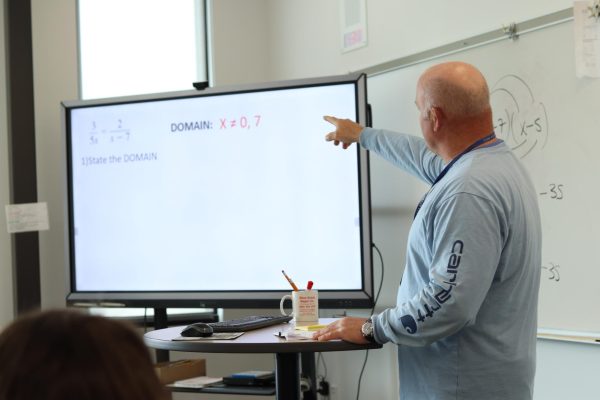
“After having my own kids go to high school, and just seeing the amount of work they have to do, it’s like, ‘how can I minimize the idea of homework but maximize the effectiveness of it?’” said Schuette. “So, change the name to ‘check-your understanding’ instead of homework. It comes from a couple of books I’ve read, it’s this idea of homework and it’s kind of a mental thing, like homework may be seen as something the student does for the teacher, but as a teacher, our heart is that it’s for you to practice and check where you’re at, right? It has nothing to do with us, it has everything to do with you. So, how can we change the mindset of homework, like this if for you to quickly check ‘how well did I learn the lesson that day?’”
Throughout the course of a few weeks, students will progress further through the unit, occasionally being met with “check-ups” — Schuette’s equivalent of a quiz — which will be graded, but not counted in the gradebook, so that students have an opportunity to review and revise their mistakes. By the time the class is nearing the unit exam, they will spend a few days reviewing all of the unit’s material, and work together on classwork that closely mirrors the content of the exam.
“I changed the name of quizzes to check-ups, and my rationale is that you’re still in the learning process, so why penalize your grade for that?” said Schuette. “But I still grade it as a quiz and put it in the gradebook, it just doesn’t factor into the overall grade. The whole point of that is a formative assessment to give you a snapshot of ‘this is where I’m at’, and that’s the goal. Now, not every student takes advantage of that, but that’s the goal– to say ‘this is where I’m at, I’m great’ or ‘oh no, I gotta figure out how to do this’ before you get to a test. The hope is, we do maybe two to four check-ups per chapter, so by the time you get to the exam there’s no surprises, right?”
Since Schuette transitioned to this classroom structure about three or four years ago, Schuette reported that he hasn’t noticed a change in his students’ understanding of the material or academic performance. Instead, he feels that it has lessened the pressure and stress that often comes with homework and harsh grading, allowing students to engage and focus on learning the material without worry.
“I get the same thing out of it without, let’s say, killing people’s grades,” said Schuette. “You and I know, if you don’t do anything— you don’t do any of your check-for-understandings, you don’t try on any of the check-ups, you don’t correct your mistakes— by the time you get to the test, it’s going to be the same grade if I graded everything all along anyway. Then y’know, the homework thing, maybe you can learn to manage that, right? You’re not just doing it for a grade, you’re doing it like, ‘I wasn’t able to do that last night’, because school becomes so much of like, completing tasks, and I want it to be more about… in my heart, about learning the material.”
Beetle Dickson, a junior in Schuette’s Algebra II class, praised the class’ positive, fun, and supportive environment, and considers the lack of homework a benefit both inside and outside of the classroom.
“I like not having to do homework,” said Dickson. “I’m a Running Start student, so I have a lot of homework from all of my college classes, and I have two jobs, so it’s like the homework load being lessened to this amount is really awesome.”
Additionally, Dickson asserted that the class’ pacing is effective, and he feels actively encouraged to complete classwork.
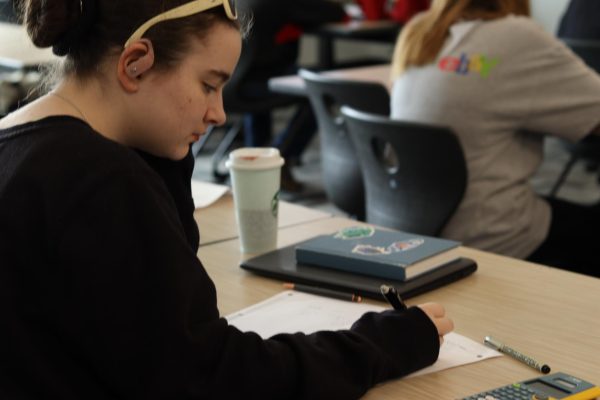
“I feel it’s good that there’s not an overbearing expectation that the [check-your-understanding] absolutely has to get done, because then you come into class and instead of being scared, and nervous, and hung up on this fear, you can just start learning again,” said Dickson. “Where I feel like if you don’t have your homework and the teacher’s going around checking homework, you’re not focused on learning, you’re just terrified, right? Like, There’s a barrier between actually learning the material that you’re learning that day and fear.”
Schuette isn’t the only teacher in CKHS’ math department to adapt their classroom to a no-homework structure, however. In the past year or so, CKHS math teacher Lance Coyer has followed suit with his financial math and geometry classes. Instead of being enforced and graded, a list of homework problems are provided for students as an opportunity to practice the material.
“When you assign points for homework, I found that everybody is focused on getting the points, not necessarily learning, doing, or practicing the material,” said Coyer. “If you use the analogy for sports or for any other performance art, you’re practicing on your own, that’s when you’re trying new things, you’re tackling new skills, new techniques. So yes, you’re being graded by how well you’re improving, but there’s not a score that goes in the gradebook for sports, it doesn’t get counted in the wins or losses column. Your coach knows how you’re doing and your coach is going to help you improve, and then the big hoorah is the game, right?”
Coyer applies this philosophy to his class structure with milestones that gradually increase as students progress from learning the material to taking quizzes and tests, viewing the “practice” portion as “a conversation between you and the student and how well they’re doing.”
Similarly to Schuette, Coyer has also taken the initiative of changing the name of what would previously be assigned homework to “suggested practice items.”
“Generally speaking, I think they’re a little more willing to attack the problems, and understanding kind of comes with practice and time, so I’ll have to wait and see,” said Coyer. “But I see there’s a lot less stress around the assignment, there’s a lot less panic of, ‘oh my God, I didn’t get it done.’ Kids still come in and they’ll ask questions tomorrow, the next day, or the day after that about an assignment.”



